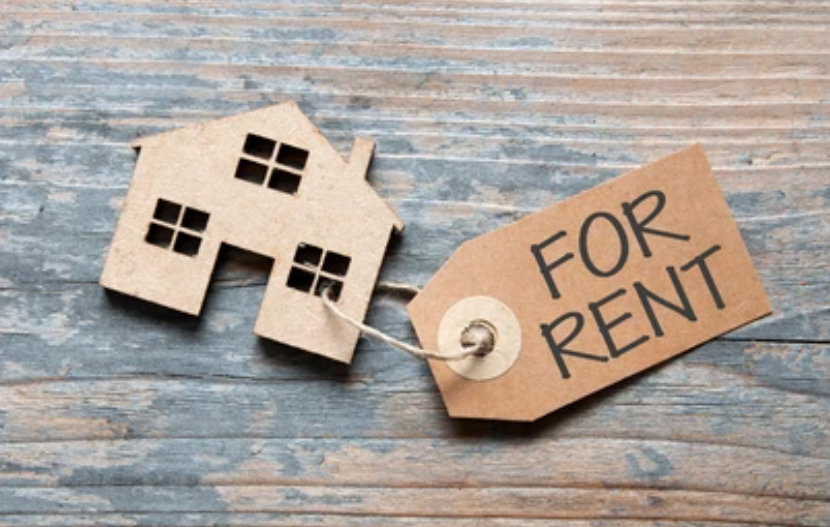What are Conventional Home Loans?
Conventional home loans are mortgages that are not insured or guaranteed by the government.
Private mortgage lenders typically service conventional loans. These banks, credit unions, and other financial entities often also offer government-backed mortgage loans. In general, conventional home loans don’t have some of the perks as government-insured loans, but have low-interest rates, flexibility, and high loan limits.
Conventional Loan Requirements
Conventional lenders often set more strict requirements than government-backed loans. For example, a borrower with a credit score under 620 won’t be eligible for a conventional loan but would most likely qualify for an FHA loan.
Home buyers who can qualify for conventional loans should strongly consider this type of loan because it’s likely to provide less costly borrowing options. Conventional loans are best for borrowers who meet the minimum credit score, DTI, and other requirements for conforming loans and who don’t need a loan larger than current conforming loan limits.
Here are the typical conventional loan requirements:
Credit– The minimum credit score is typically between 620-640 depending on the lender.
Occupancy– Conventional loans can be used to finance a primary residence, a second home, a vacation property, or a rental property. This is in contrast to government-backed loan programs which can only be used to finance a primary residence.
Property Type– Single-family homes, duplexes, 2-4 unit properties, condominiums, and townhouses are eligible.
Income– Income will be verified by reviewing recent paycheck stubs, tax returns, and W-2s. Debt-to-Income Ratio must not exceed 43%.
Assets– Bank and investment statements will be verified to ensure the borrower has sufficient assets to close. These funds must be able to cover a down payment plus associated closing costs.
Benefits of Conventional Loans
Competitive Interest Rates
Because your interest rate on a conventional loan is tied to your creditworthiness, among other factors, a high credit score can help you qualify for a low-interest rate. And while a low down payment can result in you paying private mortgage insurance, you can request to have the insurance requirement removed once your loan-to-value ratio reaches 80%.
Flexibility
Private mortgage lenders have more flexibility with conventional loans than they do with government-insured loans, primarily because they don’t need to follow the guidelines set by those government agencies.
As a result, you may have an easier time finding a conventional loan with flexible down payment options and term lengths, not to mention opportunities to get a loan if your credit doesn’t meet the standards for a government-insured or conforming loan.
High Loan Limits
While conforming loans do have limits, you can go even higher with jumbo conventional loans if you need to. You may not get that kind of flexibility with government-insured loans.
7 Types of Conventional Loans
Conventional loans can be conforming or non-conforming. Let’s look at 7 different types of conventional loans.
1. Conforming Loans
Conforming loans are the subset of conventional loans that adhere to a list of guidelines issued by Fannie Mae and Freddie Mac, two unique mortgage entities created by the government to help the mortgage market run more smoothly and effectively. The guidelines that conforming loans must adhere to include a maximum loan limit, which is $647,200 in 2022 for a single-family home in most U.S. counties.
Who are they best for? Borrowers who meet the minimum credit score, DTI, and other requirements for conforming loans and who don’t need a loan larger than current conforming loan limits.
2. Non-Conforming or ‘Jumbo’ Loans
Non-conforming loans (also known as “jumbo” loans) are conventional loans that don’t stick to the guidelines issued by Fannie Mae and Freddie Mac. This makes them riskier to lenders, meaning borrowers often face an exceptionally high bar to qualification — interestingly, though, it doesn’t always mean higher rates.
Who are they best for? These types of loans are typically best for borrowers who need access to a loan larger than the conforming limit amount for their county.
3. Non-Qualified Mortgages
Non-qualified mortgages are given to borrowers who can’t meet the requirements for a traditional loan. While they often serve borrowers with bad credit, they can also provide a way into homeownership for a variety of people in nontraditional circumstances. The self-employed or those who want to purchase properties with unusual features, for example, can be well-served by a non-qualified mortgage, as long as they understand that these loans can have high rates and other uncommon features.
Who are they best for? Homebuyers who have a low credit score, a high DTI ratio, or find themselves in a unique situation that makes it difficult to qualify for a traditional mortgage, yet are confident they can safely take on a mortgage.
4. Portfolio Loans
Portfolio loans are mortgages that are held by the lender, rather than being sold on the secondary market to another mortgage entity. Therefore, it doesn’t have to meet all of the guidelines associated with Fannie Mae and Freddie Mac. This means that portfolio mortgage lenders have the flexibility to set terms that can make qualification easier for borrowers.
Who are they best for? Borrowers looking for flexibility in their mortgage in the form of lower down payments, waived private mortgage insurance (PMI) requirements, or loan amounts that are higher than conforming loan limits.
5. Fixed-Rate Loans
A fixed-rate loan has a stable interest rate that will stay the same for the entire life of the loan. This creates clear expectations for the borrower, eliminates surprises, and provides a payment plan in which monthly principal and interest payments never vary.
Who are they best for? Borrowers who want stability and predictability in their mortgage payments.
6. Adjustable-Rate Mortgages (ARMs)
In contrast to fixed-rate mortgages, adjustable-rate mortgages (ARMs) have an interest rate that will change over the loan term. Although ARMs typically begin with an introductory period with a low-interest rate (compared to a typical fixed-rate mortgage), borrowers should expect a rate increase after this period ends. Precisely how and when it will increase is determined by the specifics of the loan. A 5/6 loan, for instance, will hold a steady rate for five years before beginning to adjust every six months.
Who are they best for? Borrowers who are able to refinance or sell their house before the end of the fixed-rate introductory period may save money with an ARM.
7. Low Down Payment and Zero-Down Conventional Loans
Home buyers looking for a low down payment conventional loan or a 100% financing mortgage have several options.
Buyers with strong credit may be eligible for a number of loan programs that require only 3% down. These include the conventional 97% loan, Fannie Mae’s HomeReady loan, and Freddie Mac’s Home Possible and HomeOne loans. Each program has slightly different income limits and requirements, but all offer 3% down loan options.
Who are they best for? Borrowers who don’t want to put down a large amount of cash. Low or Zero down payment loans are also good for those who want to avoid private mortgage insurance or want to split their loan amount in order to avoid a “jumbo” loan.


